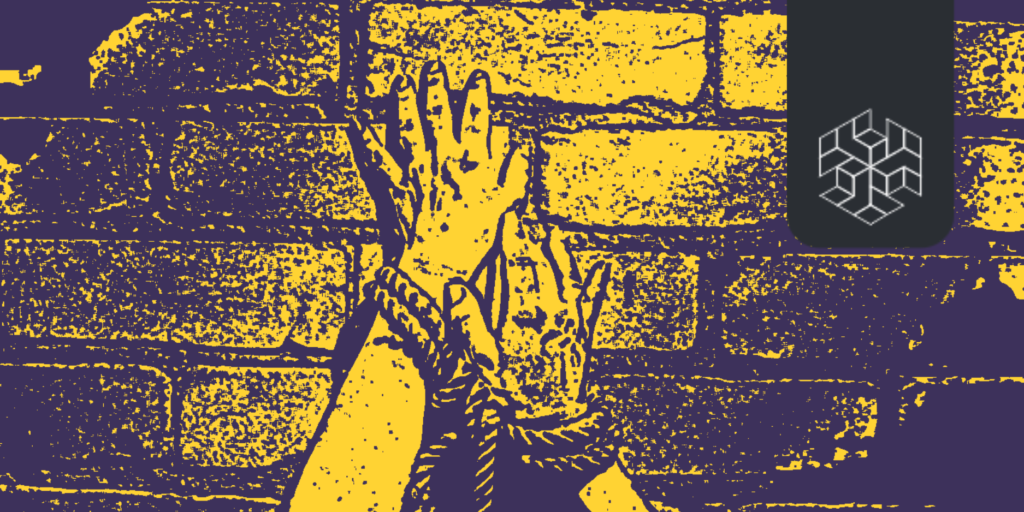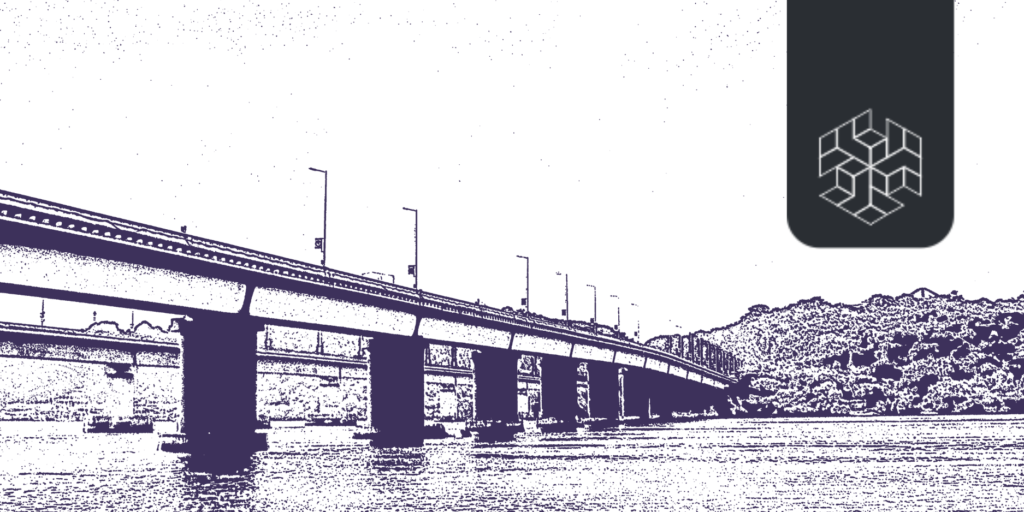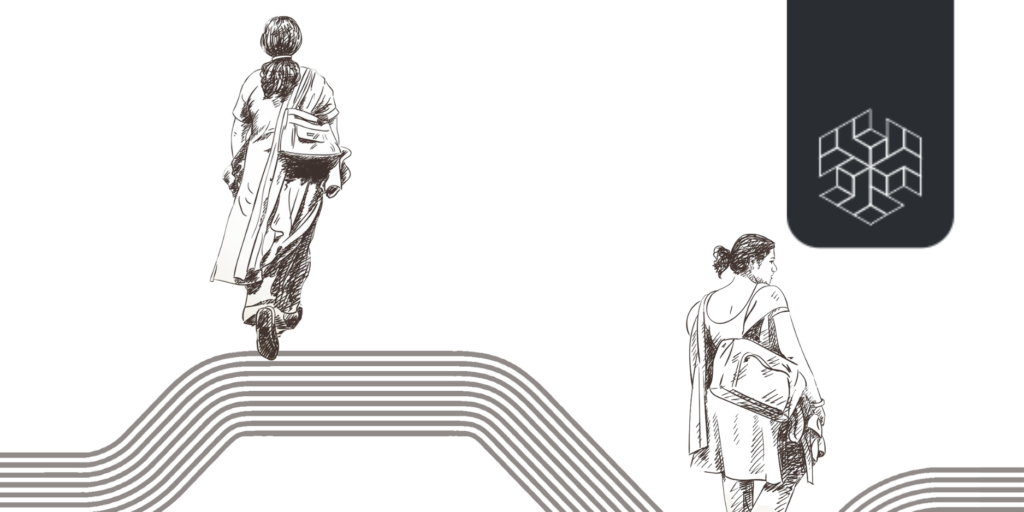Authors: Saksham Malik, Nausheen Akhtar
Editors: Soumya Singhal and Ritwiz Sarma
Abstract
In India, Scheduled Tribes [STs] face disadvantages in accessing almost all tools required for socio-economic development– including education, healthcare, and information and communications technologies. This disadvantage results in a digital divide between the STs and the non-ST population of the country. The repercussions of the digital divide were evident in the backdrop of the COVID-19 pandemic. Increased internet dependence for healthcare and education meant those without internet access suffered. This discussion paper will analyse the extent of the digital divide between the STs and the non-ST population of the country, the demand and supply reasons behind it, and its consequences for STs. The conclusion will summarise the paper and pave the way for its second part, which will discuss the impact of law and policy on the divide and formulate recommendations for the government.
Keywords: Digital Divide, Scheduled Tribes, ICTs, Digital Technologies, Digital Inclusion.
Introduction
Messages urging the government to enable online education for children in the region cover walls in a tribal part of Odisha (Pujari, 2020). The people of the state’s Mathili Tehsil endure a plight eerily similar to that of Scheduled Tribes [STs] across the country, as the historically disadvantaged section struggles against a novel form of inequality – the digital divide. The Hon’ble Supreme Court of India has recently highlighted the consequences of the digital divide on the education of certain sections of society. In Action Committee Unaided Recognized Private Schools v. Justice for All & Ors., the apex court observed that children’s right to education hinges on the ability to afford gadgets and the internet (Rajagopal, 2021). The court discussed the specific implications for remote tribal areas by highlighting the significant dropout rates among children due to a lack of access to information and communication technologies [ICTs]. Despite constitutional provisions protecting the rights of STs in the country, access to socio-economic development tools has remained scarce for them.



